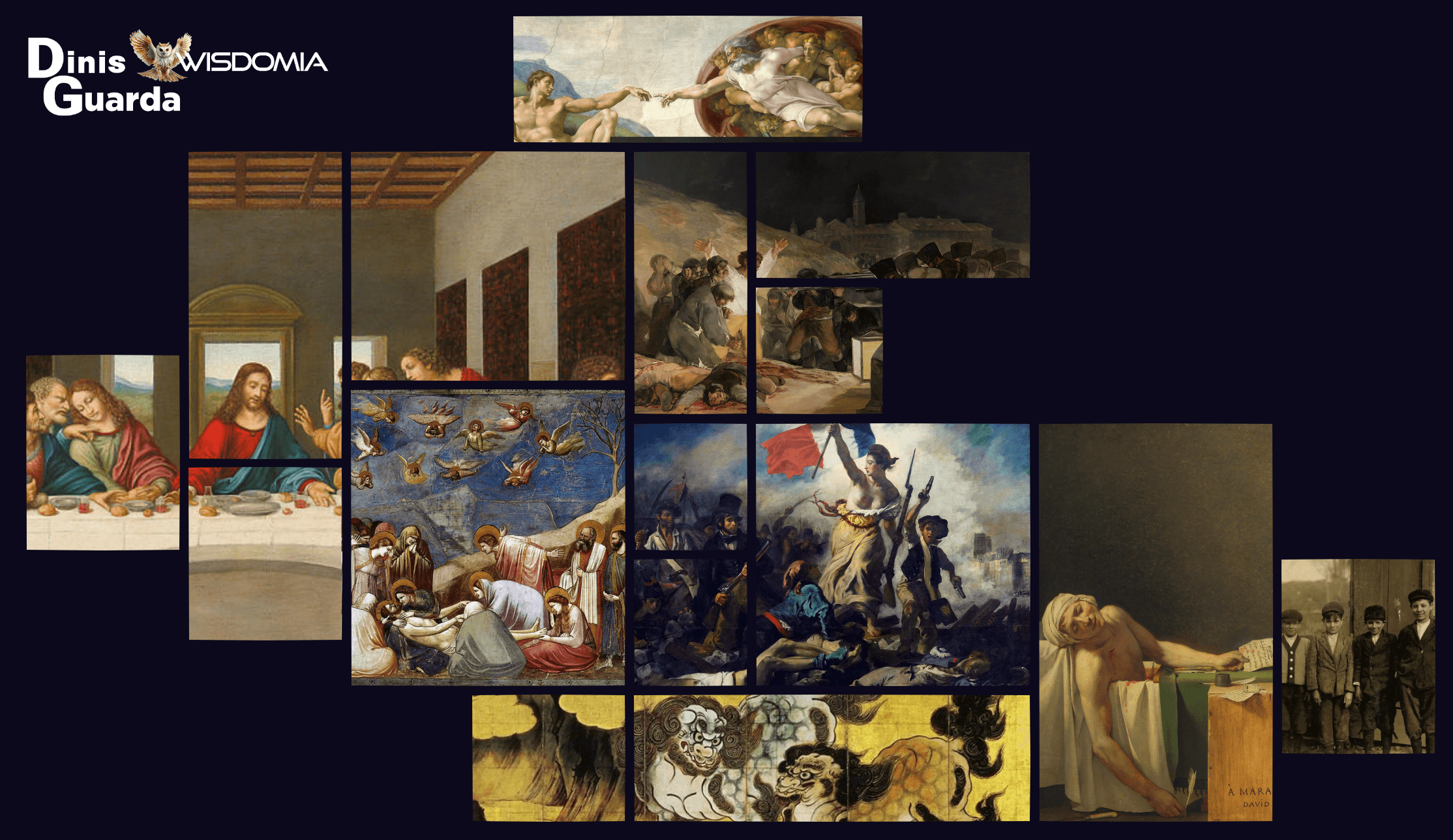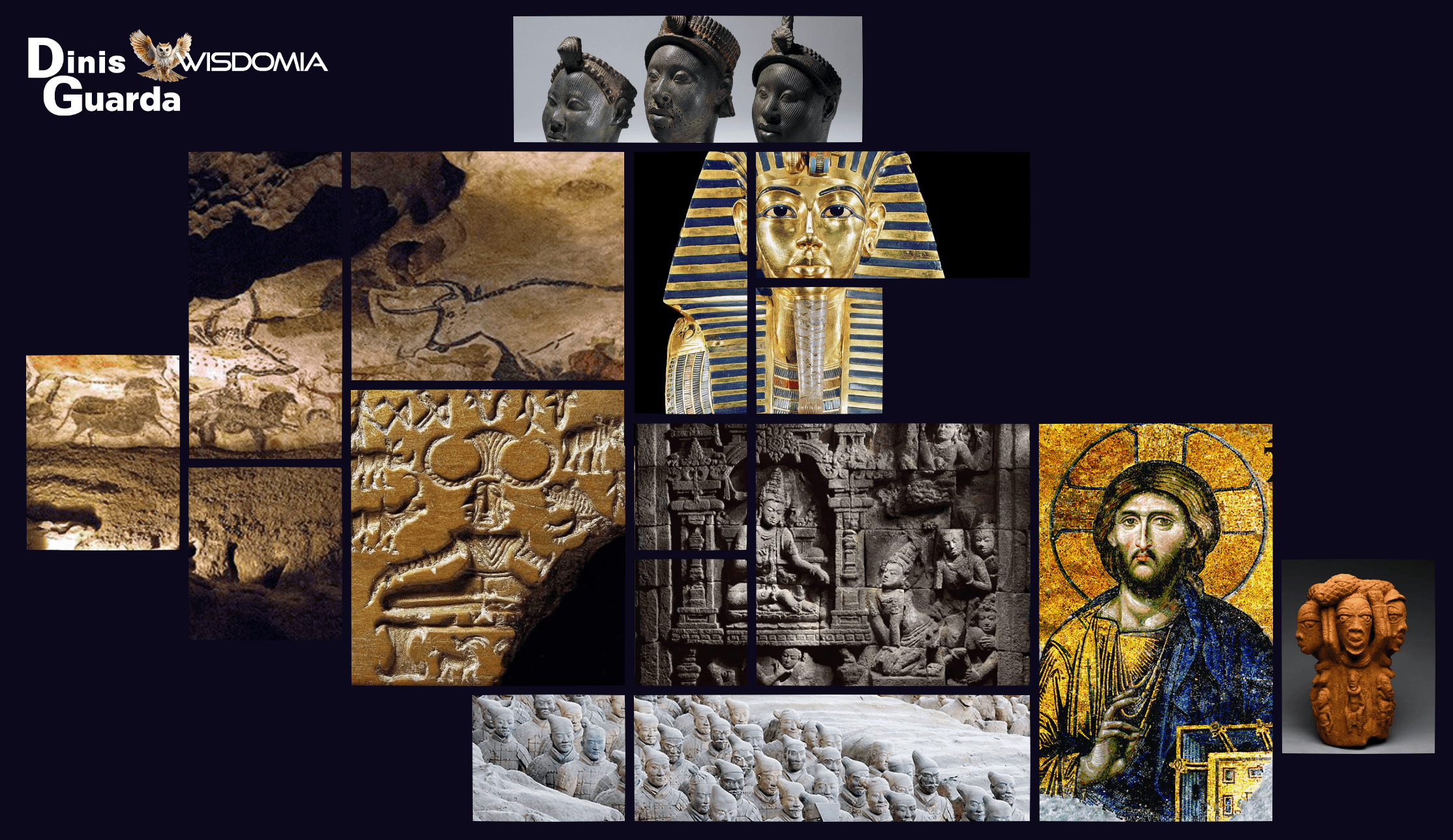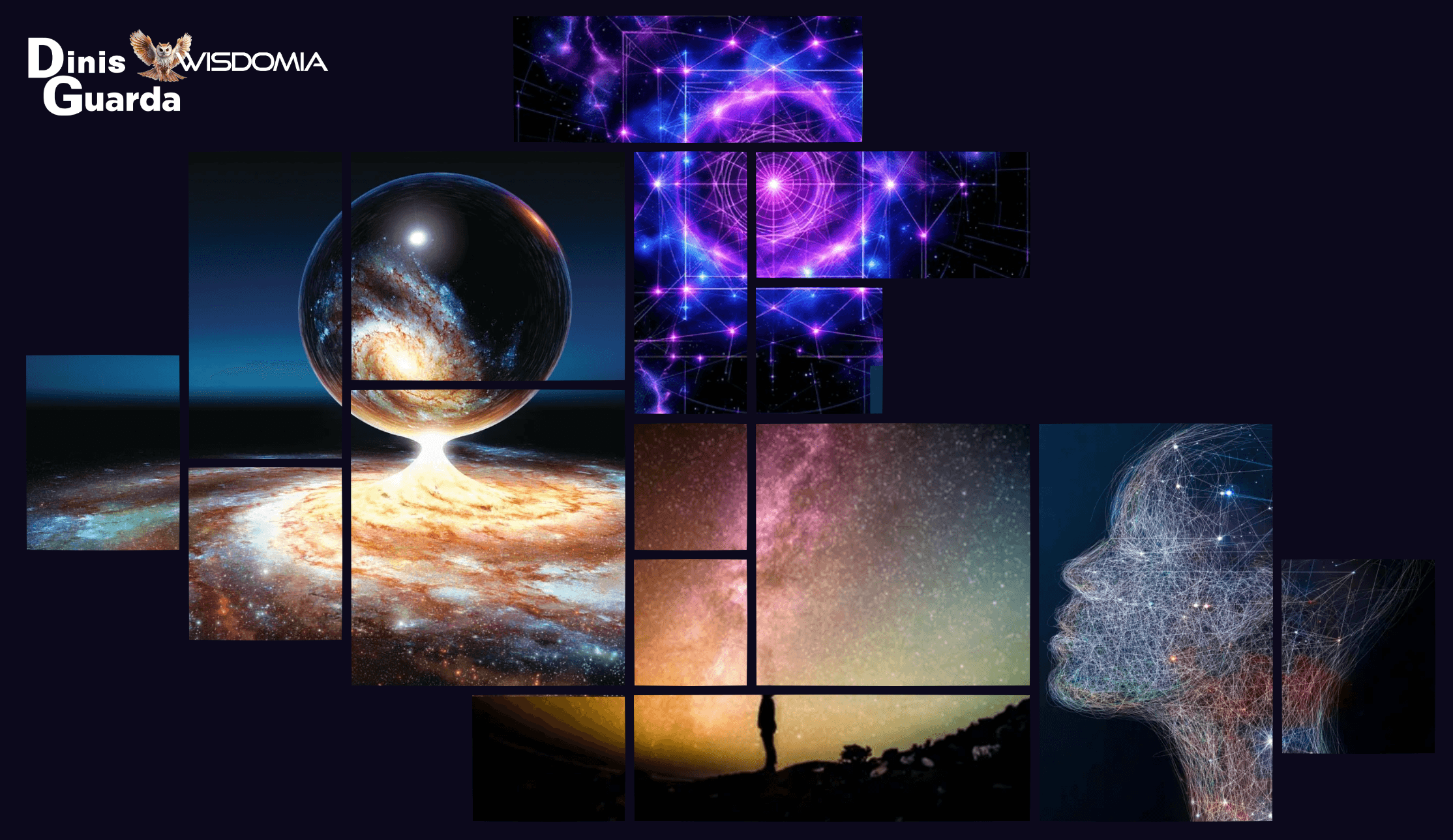Ryunosuke Akutagawa and the Reinvention of the Short Story
Maria Fonseca
Wed Jun 04 2025

Ryunosuke Akutagawa (1892–1927), often referred to as the "father of the Japanese short story," remains one of Japan's most celebrated literary figures. Though he lived a brief and troubled life, his literary output and stylistic innovations left an indelible mark on Japanese literature. His deft blend of historical fiction, psychological depth, and moral ambiguity transformed the short story into a powerful vessel for exploring the human condition. Moreover, Akutagawa's influence extended well beyond literature, shaping cinematic masterpieces like Akira Kurosawa's Rashomon and echoing subtly in Western cinema, including Jim Jarmusch’s 1999 film Ghost Dog: The Way of the Samurai.
Formative Years and Literary Awakening
Born in Tokyo in 1892, Ryunosuke Akutagawa was raised in a household steeped in traditional values and Confucian thought. His early life was marked by personal tragedy—his mother suffered from mental illness, and he was adopted by his maternal uncle, taking the Akutagawa family name. This early exposure to psychological complexity and existential uncertainty became recurring themes in his fiction.
Akutagawa studied English literature at Tokyo Imperial University, where he was deeply influenced by Western authors such as Edgar Allan Poe, Oscar Wilde, and Anatole France. His fascination with the intersection of Western literary techniques and Japanese storytelling traditions laid the groundwork for a hybrid style that would become his hallmark.
The Emergence of a Literary Voice
Akutagawa's literary debut came in 1915 with the short story “Rashumon,” a bleak tale set in a decaying Kyoto, in which a desperate man debates the morality of robbing a corpse to survive. The story showcases Akutagawa’s signature ability to explore ethical ambiguity, psychological fragmentation, and the breakdown of traditional moral codes. These traits would become central to his broader oeuvre.
His breakthrough story, “The Nose,” published in 1916, was endorsed by Natsume Suseki, then Japan’s most prominent novelist. This validation propelled Akutagawa into the literary spotlight and allowed him to focus fully on his writing. In contrast to the romanticism and naturalism that dominated Meiji-era literature, Akutagawa’s stories often offered detached, ironic, and deeply intellectual examinations of character and culture.
Crafting the Modern Japanese Short Story
Akutagawa approached the short story with a modernist sensibility, combining tight narrative structures with layers of psychological and philosophical complexity. He believed that literature should focus on the inner life, where reality is subjective and truth is elusive. His stories often feature unreliable narrators, fragmented perspectives, and endings that offer more questions than answers.
While many of Akutagawa’s stories are historical in setting—drawing on classical Japanese literature, Chinese tales, and Buddhist parables—he used the past as a lens through which to critique the present. Stories like “In a Grove” (1922), which inspired Kurosawa’s Rashomon, deconstruct the idea of objective truth by presenting conflicting testimonies about a single event: a samurai’s death and a possible rape in a forest. Each narrator insists on their own version of the truth, leaving the reader with no clear resolution. This narrative technique anticipated postmodern concerns and reshaped the potential of short fiction to challenge epistemology and morality.
Akira Kurosawa and the Cinematic Legacy
Akira Kurosawa’s 1950 film Rashomon is perhaps the most iconic cinematic adaptation of Akutagawa’s work. The film weaves together two of his short stories: “Rashumon” provides the setting and mood, while “In a Grove” supplies the plot and narrative framework. Kurosawa’s use of flashbacks and conflicting points of view revolutionized storytelling in cinema and brought Akutagawa's themes to an international audience.
The film’s success—winning the Golden Lion at the Venice Film Festival and an Honorary Academy Award—catapulted both Kurosawa and Akutagawa’s name into the global consciousness. It also reinforced the short story as a fertile ground for exploring philosophical complexity in a condensed form. Akutagawa's work proved that short fiction could have the same gravitas and depth as the novel or the epic, and Kurosawa’s film extended this argument into the realm of film narrative.
Echoes in Ghost Dog: The Way of the Samurai
Jim Jarmusch’s Ghost Dog: The Way of the Samurai (1999), while a highly stylized and postmodern meditation on honor, violence, and solitude, contains a subtle homage to Akutagawa. In one scene, the title character, a hitman who follows the ancient code of the samurai, is seen reading Rashumon and Seventeen Other Stories—a collection of Akutagawa’s work translated into English. This brief but significant gesture reveals the thematic kinship between Jarmusch’s protagonist and Akutagawa’s moral universe.
Like Akutagawa’s characters, Ghost Dog inhabits a fractured moral landscape. He adheres to an anachronistic code (Bushido) in a world that no longer values honor, much as Akutagawa’s protagonists cling to moral reasoning in a world sliding into nihilism. The fleeting reference to Akutagawa situates him as a spiritual forefather of Ghost Dog’s existential struggle, showing how his themes transcend cultural and historical boundaries.
Psychological Depth and Moral Complexity
Akutagawa was fascinated by the instability of identity and the limits of human perception. Many of his characters are tormented by hallucinations, paranoia, or spiritual crises. In stories like “Hell Screen” and “The Life of a Stupid Man,” he explores the tortured artist archetype, merging autobiography with allegory. His later works, especially those written during periods of mental anguish, shift from historical tales to introspective and often surreal narratives that reflect his descent into depression and eventual suicide in 1927.
Yet even in his darkest stories, Akutagawa maintained a sharp intellectual clarity. His prose is precise and controlled, often ironic, and laced with allusions to classical literature, religion, and philosophy. He refused to offer easy answers, instead compelling readers to grapple with ambiguity—a quality that endures in the best modern short fiction.
A Modern Legacy
Akutagawa's legacy is monumental. The prestigious Akutagawa Prize, established in 1935, remains Japan’s most coveted literary award for emerging writers of serious fiction. His influence is felt not only in the literary canon of Japan but also in the global conception of what a short story can achieve. Writers like Haruki Murakami, Yasunari Kawabata, and Kenzaburu ue have acknowledged his impact.
His stories are now part of university curricula around the world, not merely as exemplars of Japanese literature but as foundational texts in world literature. His cross-cultural appeal stems from his ability to distill profound philosophical dilemmas into brief, powerful narratives that resonate across time and space.
Ryunosuke Akutagawa did not merely write short stories—he reinvented the form. By marrying the brevity and intensity of traditional Japanese narratives with the psychological insight and narrative experimentation of Western literature, he created a hybrid form that was both deeply local and astonishingly global. He used the short story not as a minor literary form but as a crucible for exploring the fragility of truth, the nature of self, and the shifting sands of morality.
Akutagawa’s stories are like mirrors cracked just slightly enough to show us ourselves, not as we wish to be, but as we are: uncertain, fragmented, seeking meaning. In an age inundated by information and overwhelmed by conflicting narratives, his work feels not only relevant but essential. He reminds us that fiction, no matter how short, can still change the way we understand the world—and ourselves.
previous
Miniature Masterpieces: The Art and Soul of the Smallest Cars Design
next
Ztudium Recognised Among Top 50 Thought Leading Companies on Innovation 2025
Share this

Maria Fonseca
Maria Fonseca is an interdisciplinary educator, writer, artist and researcher whose work bridges the realms of academic knowledge, community engagement, and spiritual inquiry. With a background in Fine Art and a doctorate in creative practice, Maria has spent over a decade exploring the intersections of human experience, cultural meaning, and collective transformation.
More Articles

Renaissance Humanism and the Birth of the Modern Gaze: Images That Taught Us to See Ourselves

When Vision Becomes Destiny: The First 25 Images That Shaped Human Consciousness

What a Small Indian Village Teaches the World About Sustainability

Community as Classroom: When the Village Teaches : Redefining Where Learning Happens

Each Being Is Humanity: The Cosmic Responsibility of Conscious Participation





